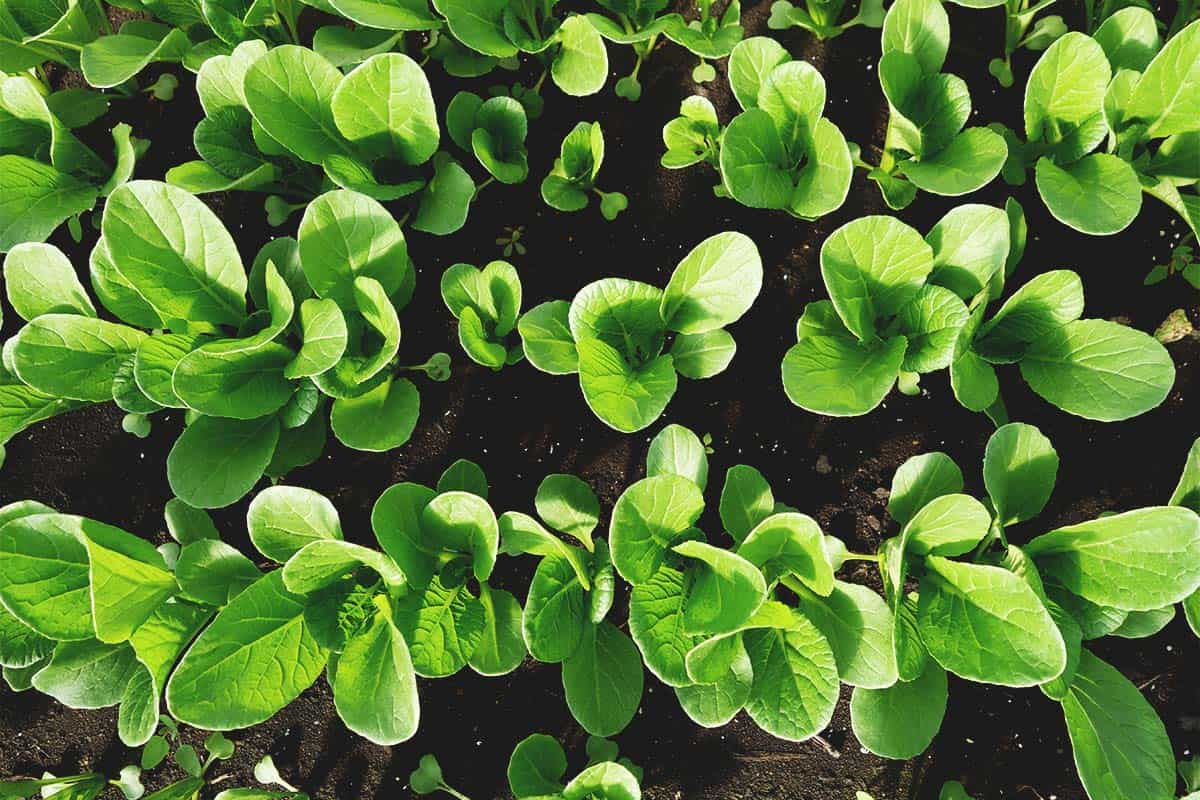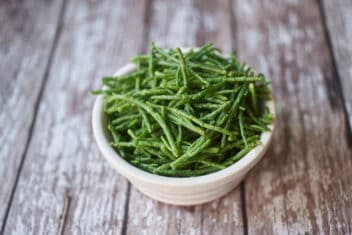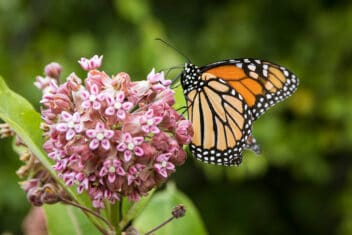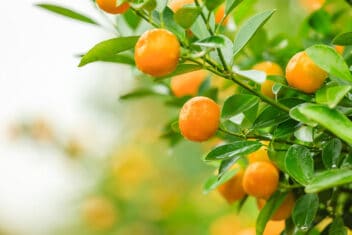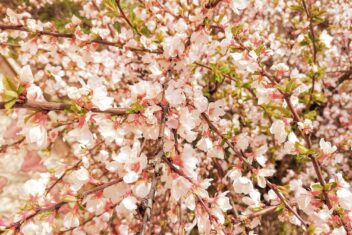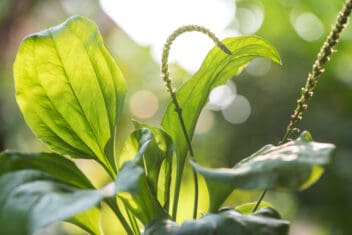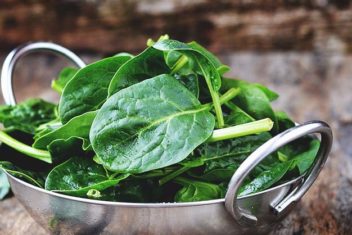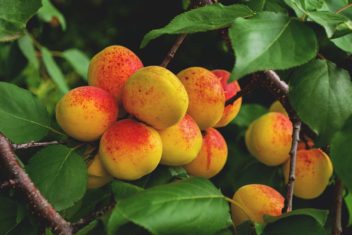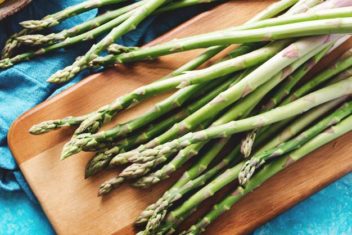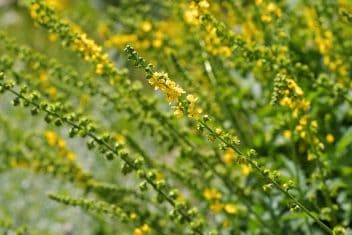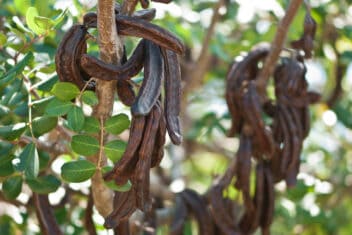If you grow leafy greens in your vegetable garden but haven’t tried growing komatsuna, you’re missing out on a wonderful variety of brassica.
Komatsuna, also known as Japanese mustard, is totally underrated. It’s a hardy and easy-to-grow biennial, provides a good harvest, is high in vitamins, and has more iron than spinach.
If you’re tired of cabbage and find mustard greens too hot, try growing komatsuna. We’ll show you how to get a bountiful harvest.
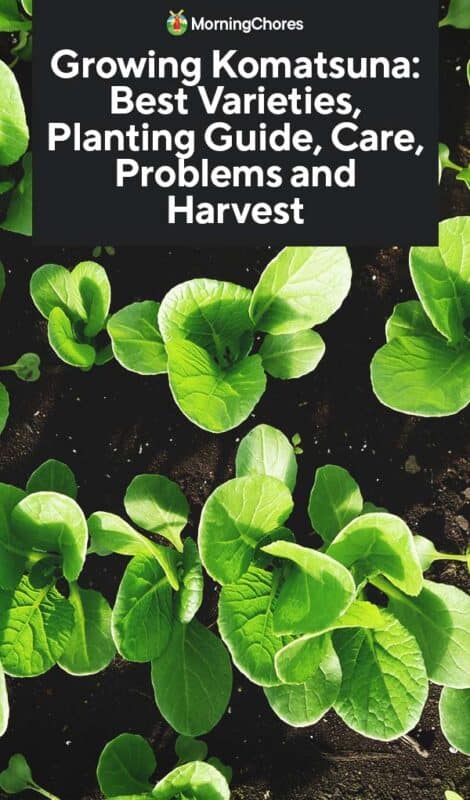
Varieties of Komatsuna
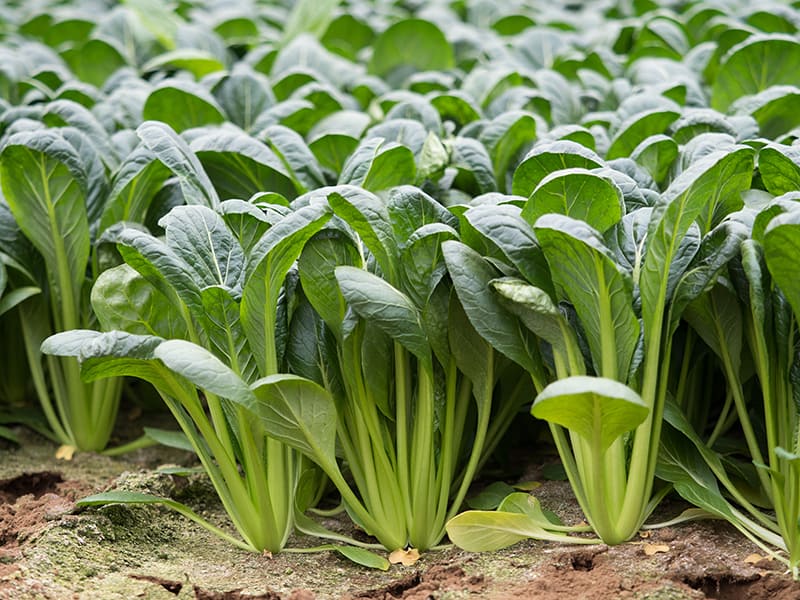
Komatsuna, Brassica rapa var. perviridis or B.r. var. komatsuna, has been grown in Japan since the 18th century and is now gaining popularity all around the world in home vegetable gardens. Over the years, a lot of new varieties have been created for higher volume harvests.
Summerfest
This is a warm-season variety, but I’ve had success planting in cooler months. ‘Summerfest‘ is a great one to start with as it’s quite reliable.
Tora-san
If you want a quick-growing F1 variety, ‘Tora-san’ is the one for you. The light stems and dark green leaves seem to last forever when you pick just the amount of leaves you need each time.
Red Leaf
‘Red leaf’ is another hybrid and is perfect for picking baby leaves fresh for salad or for cooking. The plant looks lovely with lime-colored stems and red to purple leaves.
Tokyo Early
If you live in a warm area and find your brassica bolt to seed easily, ‘Tokyo Early’ is your komatsuna. It’s slow to bolt, can be planted most of the year and the stalks and leaves are extremely tender.
Sharaku
Developed in Japan, this hybrid variety is bred for big harvests. It’s tolerant to both cool and hot weather and can be planted all year round. ‘Sharaku’ has an upright form and the leaves and stems can be used for many dishes including soups and pickling.
Green Boy
Tolerant of cool weather, ‘Green boy‘ grows well in a greenhouse in winter. The cooler the days get, the longer ‘Green boy’ takes to mature. This type is a hybrid between komatsuna and tatsoi.
Senposai
This is a hybrid of cabbage and komatsuna. It has the sweetness of cabbage and the tenderness of komatsuna. ‘Senposai’ is best planted in late spring to early summer.
There are quite a few other varieties so see what’s available in your area and plant what’s best for your region and needs.
How to Plant Komatsuna
Komatsuna only needs a month or so to mature, and there are many hybrids created to grow in cool and hot climates, so you can grow this plant wherever you live. You can also grow indoors or use a cold frame to extend your season if needed.
Sun and Soil Requirements
Provide full sun with a little afternoon shade. If you have harsh summer sun, provide shade in the hottest part of the day.
Plant in well-draining soil. Dig in a balanced fertilizer with plenty of nitrogen for leaf growth before planting. A pH of 5.6 to 7.5 is best. You want moisture-retentive, fertile, loamy soil.
Planting Seeds
Plant in spring to late summer. Some hybrids can be planted year-round, so check the recommendations when you select a variety. Some hybrids are cool weather plants and will tolerate temperatures below 10ºF.
You can plant them in the ground once all threat of frost has passed. Or start them indoors 4-6 weeks before the last frost date in spring, or the first frost date in fall. Either way, keep the seeds moist as they germinate.
Komatsuna bolts when it gets hot, but it can’t handle a hard frost, either. Plant when the temps will be right in the 45°F-80°F range.
Harden off for one week before transplanting, starting when seedlings are about 3 inches tall.
Plant seeds 6 inches apart with 18-24 inches between rows. Use the thinned out plants as microgreens in salads and soups.
Plant seeds about 1/4 to 1/2 inch deep.
Sow every two weeks to get a constant supply. You should be able to harvest most varieties 30 to 40 days after germination.
Transplants
If you’re lucky enough to find transplants at your local garden center, put the plants in the ground after the danger of frost has passed. Dig a hole twice as wide and as deep as the container the plant came in.
Once it’s in the ground, give it a good watering.
Container Planting
Komatsuna grows well in containers, especially if you harvest leaves as you need them to keep the size in check. Plant two or three seedlings in one 5 gallon pot, using good quality potting mix.
Water well and place in a sunny position. Keep the container near the kitchen for convenience.
Caring for Komatsuna
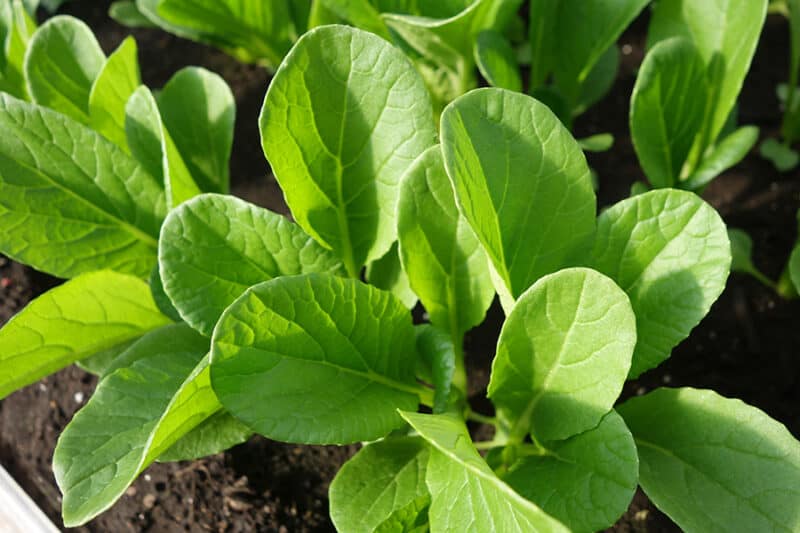
Like most leafy greens, komatsuna is easy to care for and doesn’t demand too much attention.
Fertilizer
Use a nitrogen-rich fertilizer when planting and a liquid fertilizer 15 to 20 days after germination. Use a fertilizer formulated for vegetables or specifically for leafy greens.
Water
Water freely in hot weather, ensuring you keep the soil moist. Komatsuna doesn’t appreciate dry feet and growth will be stunted.
In cooler weather be careful not to water too much and avoid leaving puddles in the soil.
Basically, the soil should always be moist, but never soggy.
Keep the Plant in Check
Komatsuna doesn’t need pruning as such, but to keep the plant producing, regularly pick the leaves, especially if they are getting oversized or turning yellow.
Also, be sure to pluck any flowers that start to form.
Companion Planting for Growing Komatsuna
Plant komatsuna with:
- Peas
- Beets
- Onion
- Spring onions
- Mizuna
- Corn
Don’t plant with sunflowers.
Common Problems and Solutions for Growing Komatsuna
Like most brassicas, komatsuna has a few pests and diseases to contend with. Here’s what to watch out for.
Flea Beetles
Destructive pests like flea beetles leave holes in your komatsuna. They are hard to control when in high numbers.
Use neem oil and diatomaceous earth to keep numbers to a minimum. Mulch well around the base of the plant to prevent or hinder the growth of the flea beetle from below the soil.
Our guide will help you identify and get rid of these tiny pests.
Cabbage Loopers
If you have chewed edges on the leaves and they look ragged, you likely have cabbage loopers. They can decimate komatsuna if left alone. Use organic pyrethrum spray and neem oil monthly.
Aphids
Aphids tend to eat the young, tender leaves and will cause stunted growth, curled leaves, and foliage decay. We have an entire guide dedicated to spotting and getting rid of aphids.
Leaf Spot
If humidity is high or dew keeps the leaves wet for too long, leaf spot can occur. The leaves will have small dark circles or spots on them before they die and fall off.
Leaf spot is best avoided by good crop rotation and removing all plant debris from the garden. Remove the affected leaves and throw them in the garbage.
Downy Mildew
With downy mildew, grey fluff develops on the leaves with severe cases killing the plant or stunting the growth. The leaves can’t be eaten and other plants may become infected. The spores of this fungus over-winter and return each year of not addressed correctly.
Use an organic fungicide and remove affected foliage immediately. Ensure spacing between plants is adequate for good airflow. Avoid watering the whole plant so the leaves stay dry. Carefully water the base of the plant.
Black Leg
Komatsuna generally won’t be affected by this fungal disease unless there are other cruciferous crops nearby that are susceptible. This includes plants like broccoli and cauliflower.
An infected plant may be covered in black spots with a lighter, ashy outer circle. Plants will wither and die. If the komatsuna is badly affected, remove it from the garden and throw it in the garbage, not on the compost heap.
Use an organic foliar fungicide and practice good crop rotation.
Harvesting Komatsuna
Pick the leaves at any stage. The young, tender leaves can be used raw in salads or in sandwiches. Komatsuna will regrow where leaves are snipped to provide a continuous harvest.
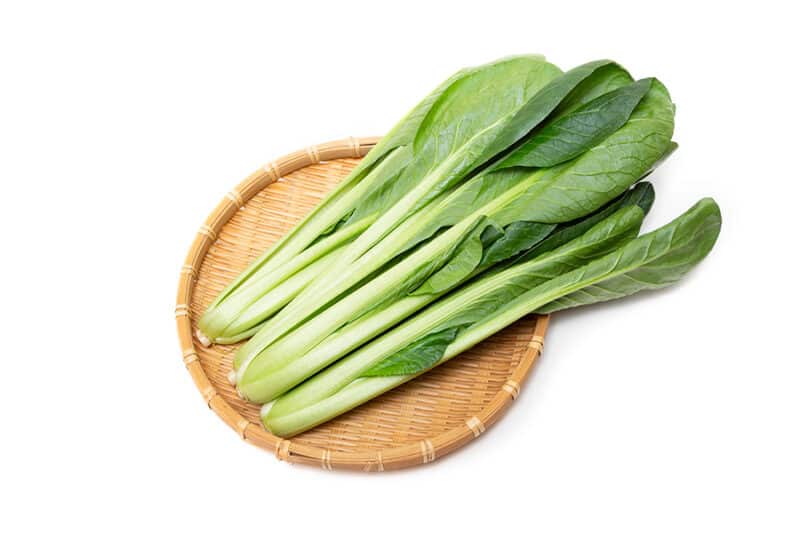
Use komatsuna in soups, wilted in stir-fries or pasta dishes. Leaves can be pickled and go well with flavors like ginger, seafood, soy, ham, and smoked meats.
Komatsuna is a versatile green that has a wonderful flavor and is super easy to grow. Add it to your garden for variety and reliability.
